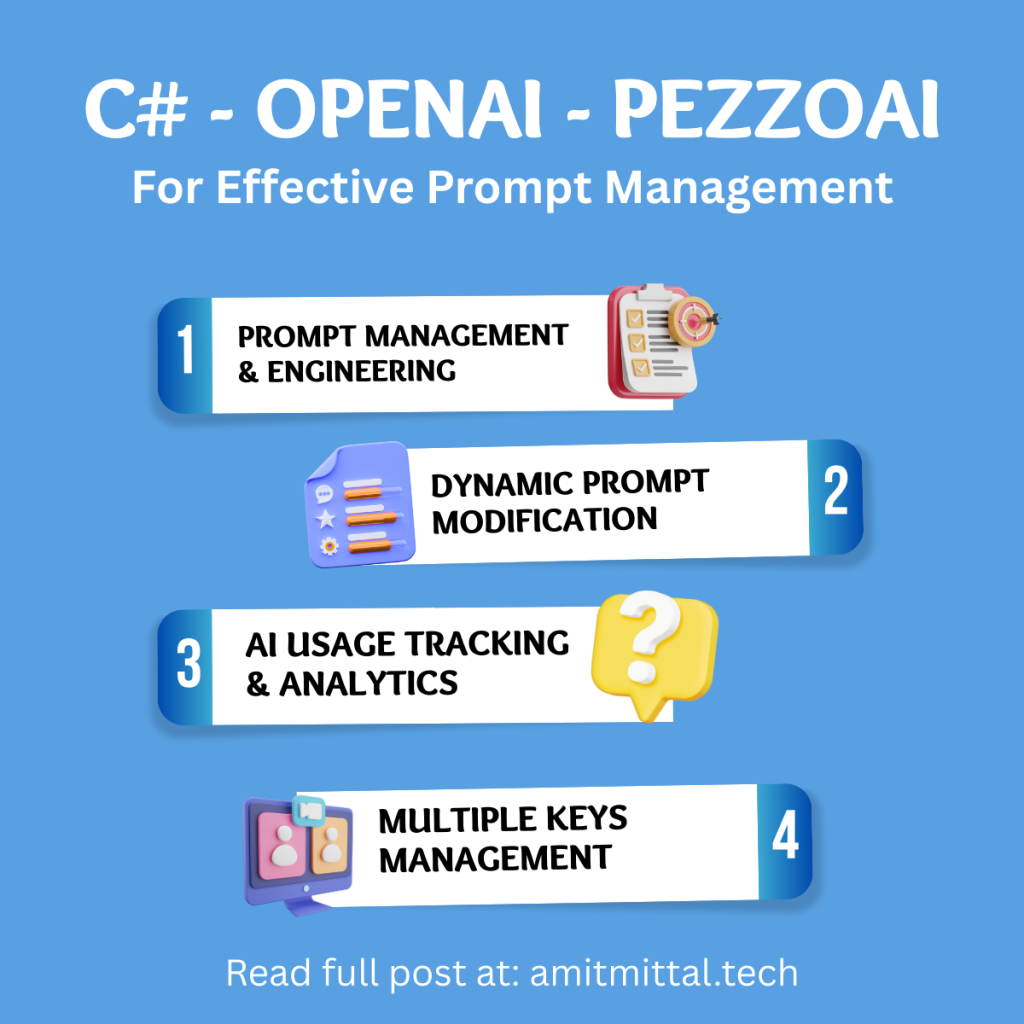Large Language Models (LLMs) have truly made a big impact, changing the way we engage with technology. Whether it’s generating creative content or giving us informative answers, LLMs have become essential tools across various fields. But what exactly are these LLMs, and how are they different from each other? Let’s explore the two main types: Base LLMs and Instruction Tuned LLMs.
Base LLMs: The Foundation of Language Understanding
Base LLMs are trained on massive amounts of text data. They learn to predict the next word in a sequence based on the preceding words. Think of it as a language model that has been exposed to a vast library of books, articles, and code. While these models are capable of generating coherent text, they may not always follow specific instructions or provide the most relevant responses.
Instruction Tuned LLMs: Tailored for Tasks
To address the limitations of Base LLMs, researchers have developed a technique called instruction tuning. This involves fine-tuning the Base LLM on a dataset of instructions and corresponding desired outputs. By learning from these examples, Instruction Tuned LLMs become better at understanding and fulfilling tasks.
One of the key methods used for instruction tuning is Reinforcement Learning with Human Feedback (RLHF). In RLHF, human experts evaluate the model’s responses and provide feedback, which is then used to refine the model’s behavior. This iterative process helps to ensure that the LLM aligns with human values and preferences.
Key Differences Between Base and Instruction Tuned LLMs
| Feature | Base LLM | Instruction Tuned LLM |
|---|---|---|
| Training Data | Large corpus of text | Instructions and corresponding outputs |
| Task Understanding | Limited | Good understanding of tasks |
| Response Relevance | May not always be relevant | More likely to be relevant |
| Following Instructions | May not follow instructions | Can follow instructions well |
In conclusion, Large Language Models are powerful tools that have the potential to transform various industries. Understanding the differences between Base LLMs and Instruction Tuned LLMs is essential for harnessing their full potential. As research continues to advance, we can expect even more impressive capabilities from these remarkable models.

Amit Mittal is a seasoned tech entrepreneur and software developer specializing in SaaS, web hosting, and cloud solutions. As the founder of Bitss Techniques, he brings over 15 years of experience in delivering robust digital solutions, including CMS development, custom plugins, and enterprise-grade services for the education and e-commerce sectors.


